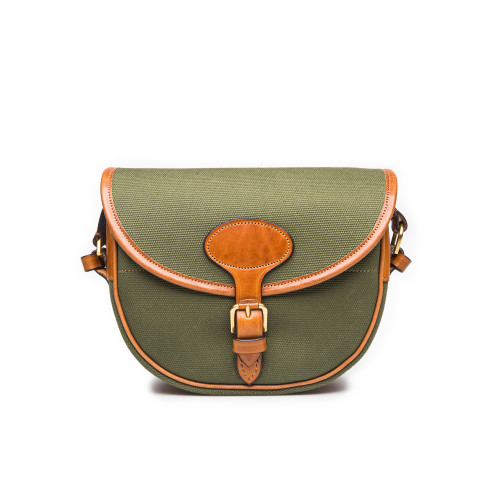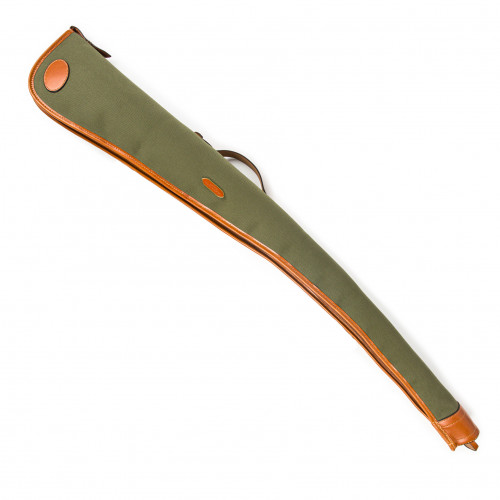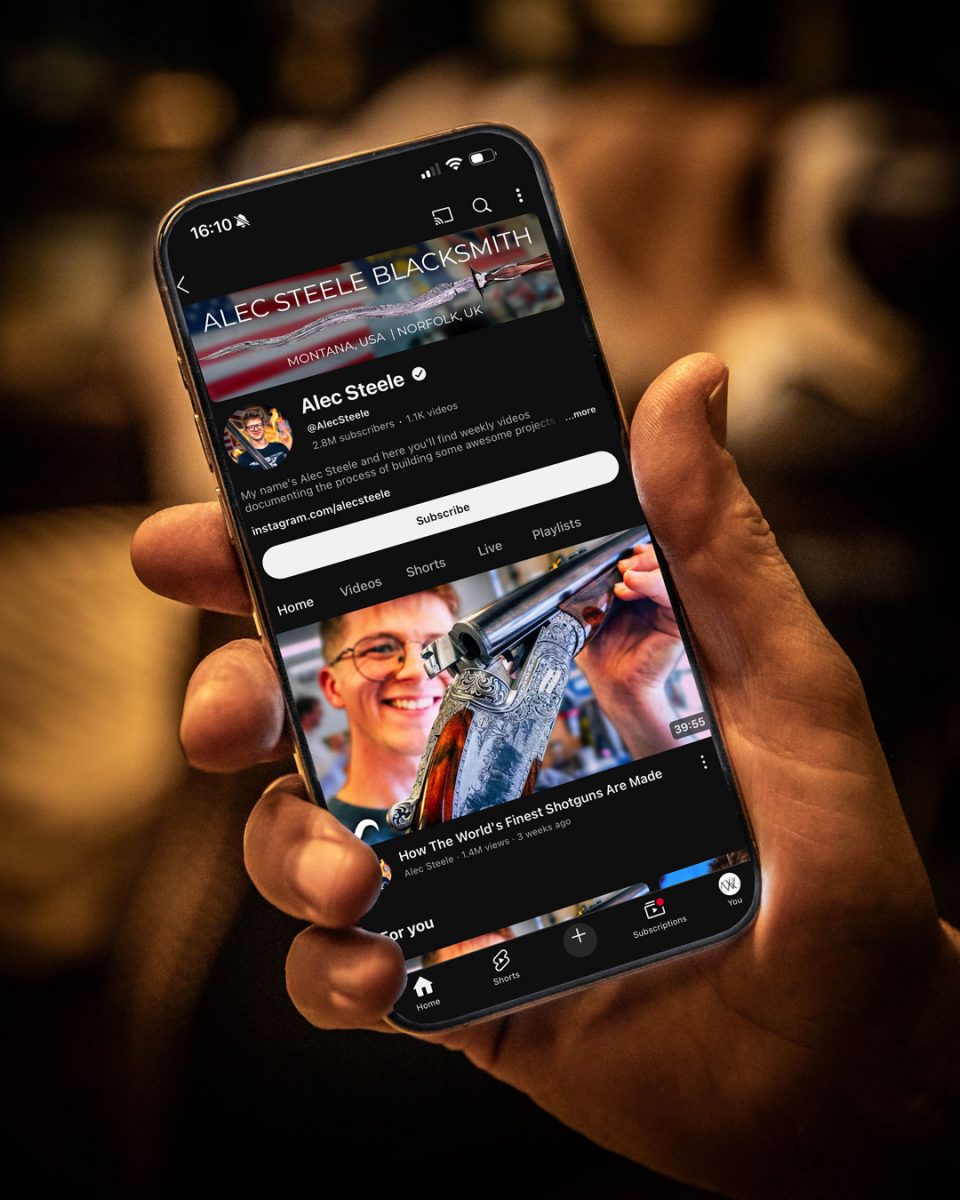What has caused this turnaround and why are twenty-first century men, who are invariably taller and heavier than their Victorian counterparts, ordering guns that their grandparents would have considered the preserve of the very young, the infirm or female shots.
Shooting small bores is not a totally modern phenomenon, Sir Joseph Nickerson famously shot grouse very well with a trio of 28-bores and if you look at the records of the famous Victorian and Edwardian shooting superstars, like Lord Ripon and Lord Walsingham, they certainly owned sixteen and twenty bores. However, they did the vast majority of their shooting with twelves.
It is notable that modern orders for twelve-bores tend to come from British people who intend to shoot them a lot in their own country. It is also tempting to assume that the smaller bores ordered are mostly the highly embellished toys of the collector, destined for display rather than use.
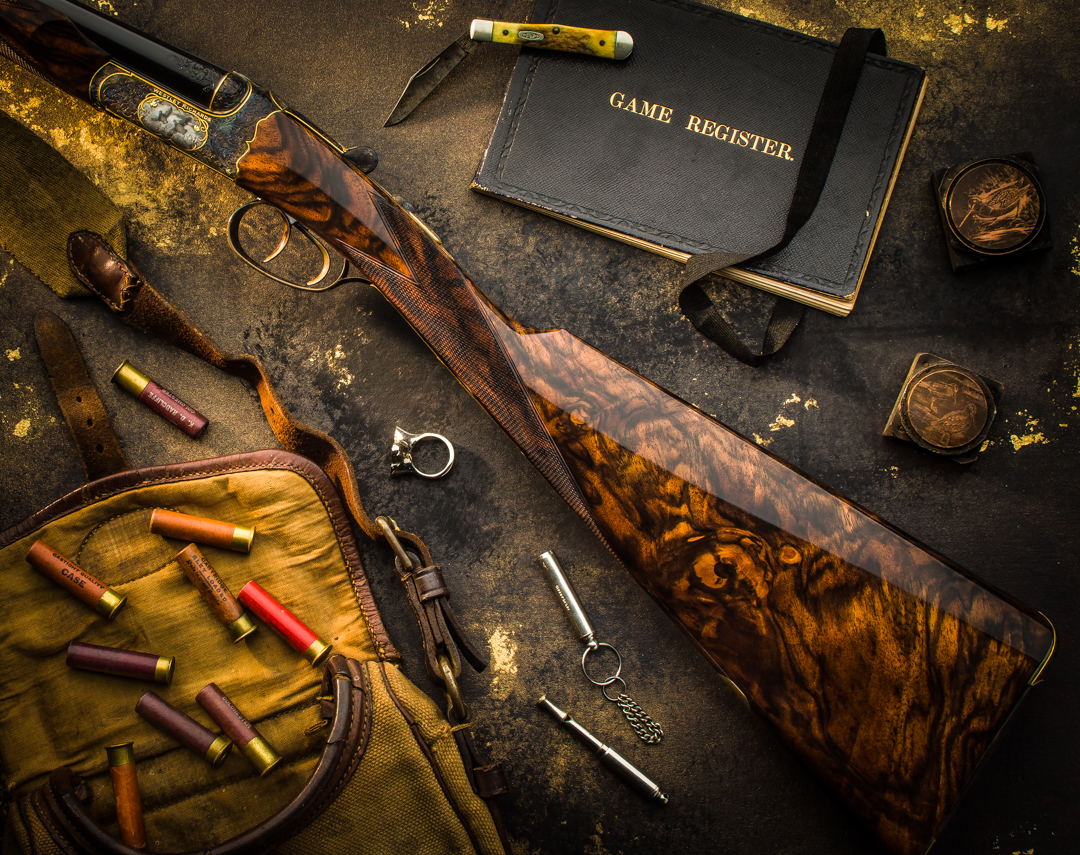
It is not actually the case. Westley Richards estimates that only about 20% of their output consists of what one might consider Exhibition Grade guns finished with large amounts of gold inlay and elaborate carving. The remaining 80% of production is destined for the field. Surprisingly, many of these highly finished and beautiful guns actually get well used.
If a customer has sufficient funds, it does not faze him to take a very expensive gun out shooting any more than he worries about driving a £250,000 Aston Martin down a dusty road or lounging around in a £1200 Canali suit.
Almost every order now taken at Westley Richards for an American client is for a twenty-bore or smaller. Twenty-eight-bore is popular and even .410 calibre, once largely the domain of cheap vermin-bashers, is frequently ordered as a best quality sporting gun these days.
The reason appears to be the very different shooting contexts in which British and American shooting men find themselves. A British formal driven shoot requires the sportsman to engage with wild-living, hardy pheasants and partridges travelling at speed, typically at ranges of between thirty and fifty yards.
Americans however, do a lot of their shooting at walked-up quarry of a far smaller variety, with shots taken at smaller birds, like quail, rising from the ground at much closer ranges.
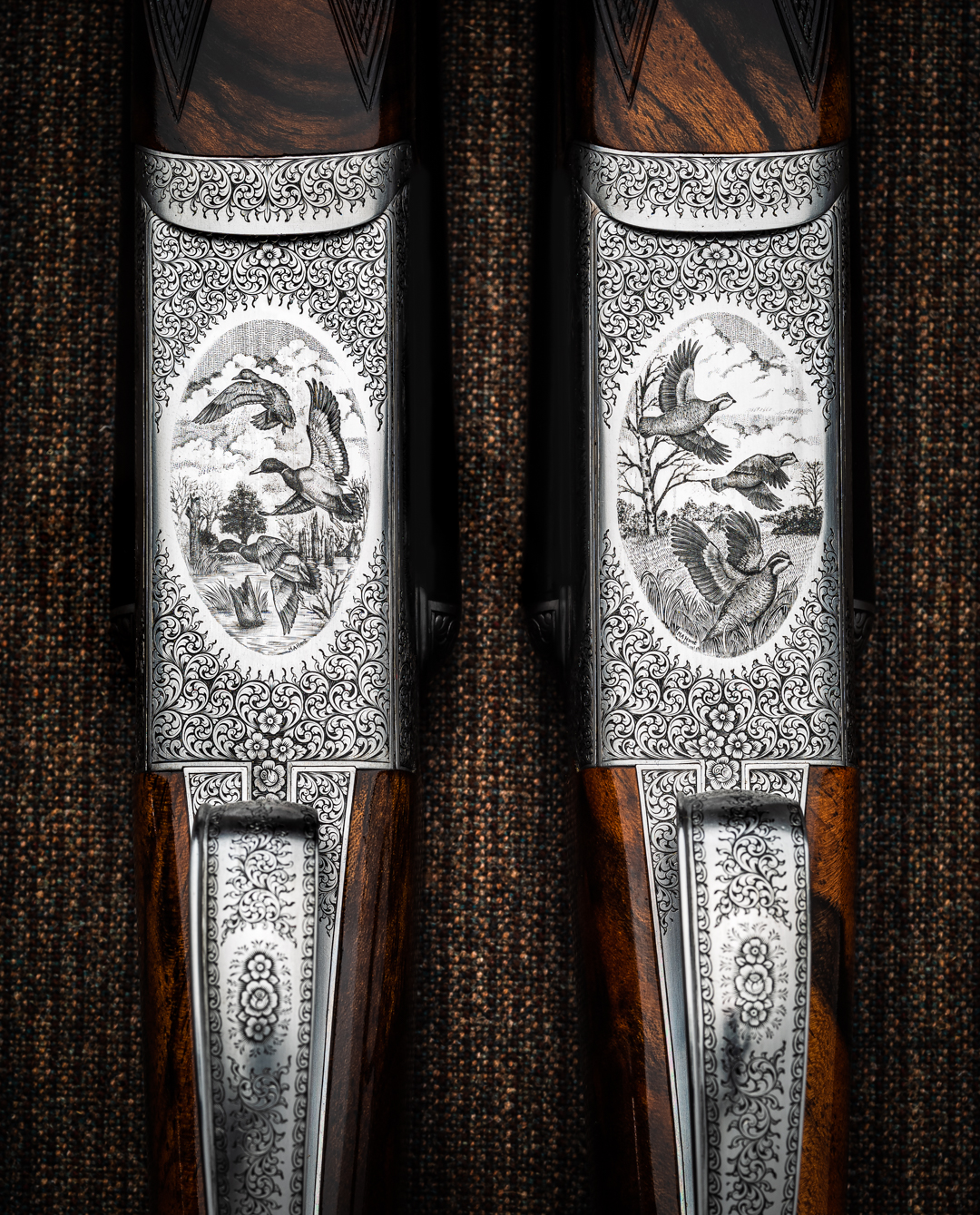
The British sportsman may spend his day standing at a peg on a neatly manicured patch of field awaiting the incoming birds being flushed his way by a team of beaters. His American counterpart, however, will have to carry his gun for several hours, sometimes across uneven terrain, along with his ammunition and other essentials.
One can see that in the first scenario weight is of a lesser consideration than it is in the second. It is for the mobile sportsman that the lighter small bore shotgun is of obvious benefit. Add to the reduced weight of the gun the increased capacity for carrying ammunition. A hundred 28-bore shells weigh a lot less than the same number of 12-bore and take up less space too.
It is tempting to think from the discussion so far that small bores are appropriate only for close-range walked-up shooting. Many modern practitioners would claim this not to be the case, though many shoot managers are skeptical about their efficacy on decent driven pheasants. One sporting agent confided that he once told an American client who turned up for a week’s driven shooting with a new .410 over & under that he was not to use it. “Too many pricked birds, not sporting” was the reason given.
Jonathan McGee is a well-known British fieldsports photographer and lover of the .410, with which he shoots driven game. He contends that it adds a sporting dimension to his shooting because the terrain in which he shoots does not lend itself to the currently fashionable ‘extreme’ pheasants. Having witnessed him engaging driven snipe with it to good effect, I can confirm that in the right hands, even a .410 can be a sporting choice for this kind of action.

Using a 28-bore or a .410 adds to the challenge but Jonathan believes the guns (he shoots a pair of round-body Italian over & unders with 28-bore and .410 barrels that inter-change) are ideal for his low-ground pheasant shoot, where birds are shot at ranges of 20-25 yards most of the time.
It requires a lot of practice and a lot of clay-busting to get to know the capabilities and limitations of the gun/cartridge combination but once mastered, these tiny gauges are very entertaining and effective to shoot.
The spectre of a UK lead shot ban within the next few years has caused many to speculate that the day of the small bore has passed but Jonathan has used 18g No.4 shot bismuth on ducks very effectively and sees no reason not to continue with that load on pheasant and partridge. A 3” .410 cartridge pushing 14-15g of lead shot through Half choke is the best combination for general shooting.
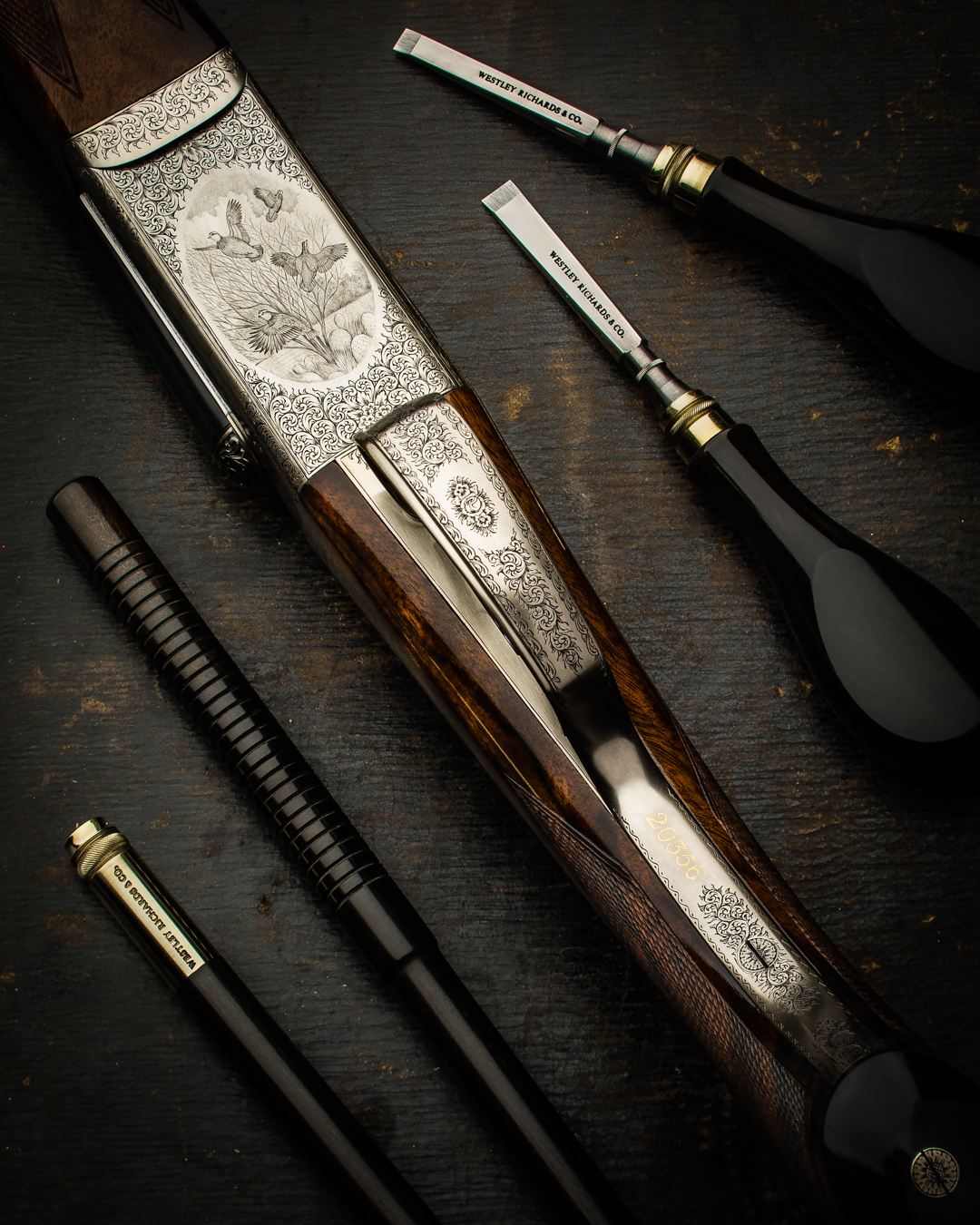
Elsewhere, experiments with TSS (a tungsten-based compound) and tiny No.9 shot in a .410 has produced extraordinary killing patterns at ranges up to 70 yards. More usual would be a lead No.6 load of 16-18g, putting 160 pellets or so into a killing pattern at 25 yards. This makes it adequate for driven grouse, partridges and walked-up grouse as well as the covert shooting more commonly available across the UK.
Of course, the attraction of new smaller bores is partly attributable to their scarcity on the vintage market. It is relatively easy to find a very nice 12-bore but an equivalent twenty or twenty-eight may take half a lifetime to find and a great deal of money to buy.
Even then, with most being made for children or women, they will not fit most modern male sportsmen and are very unlikely to have the long barrels that are currently fashionable.
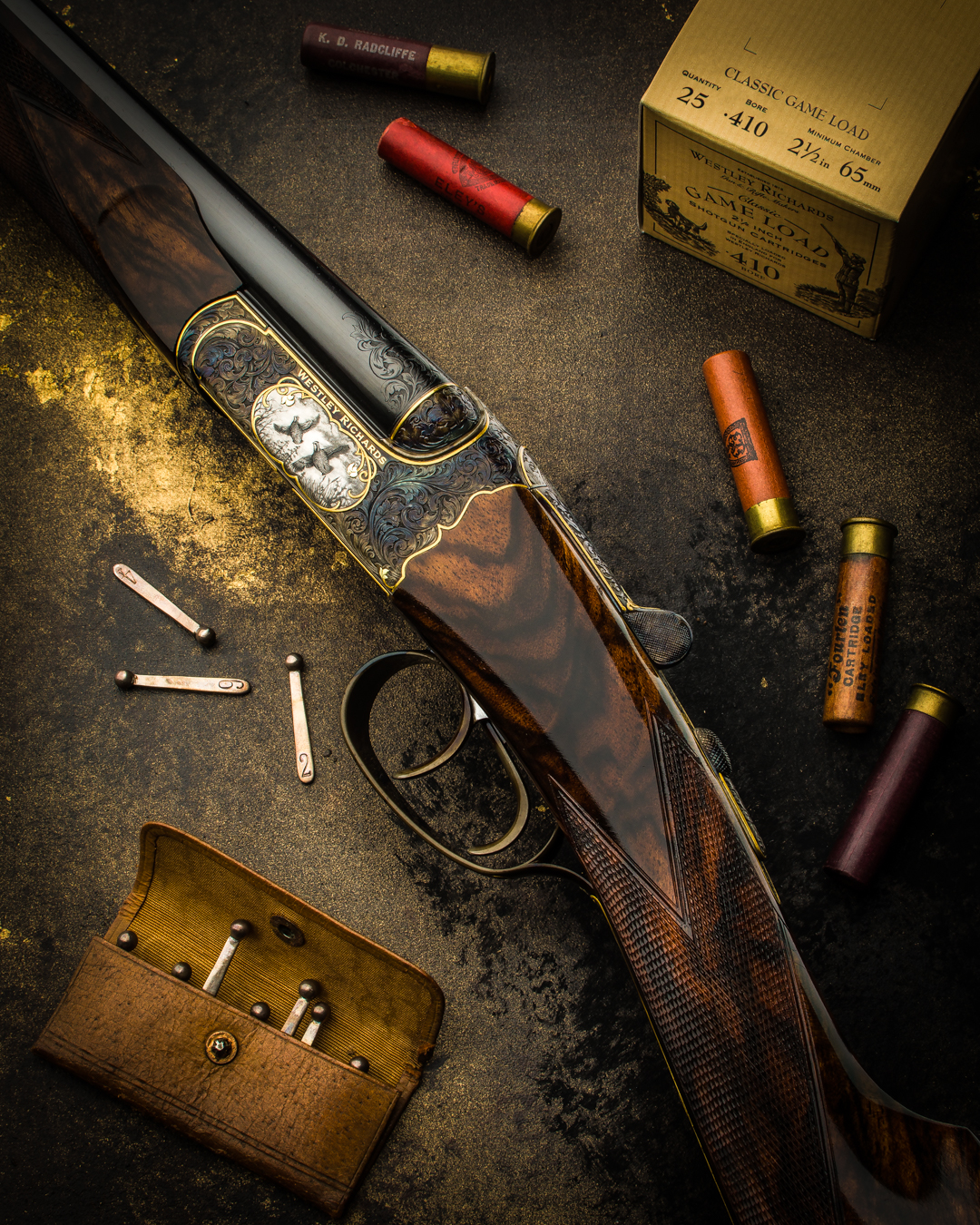
The other attraction of small bores is that they have more pleasing proportions. A 12-bore over and under looks decidedly ‘clubby’ by comparison with a sub-gauge frame. Today all bespoke small bores are built on gauge-specific actions, while some mass-produced guns may put smaller barrels on a standard frame.
Cynics may argue with the small-bore shooter that if you are shooting 28g cartridges in a 6 1/2lb gun, then it is effectively a 12-bore (with worse patterns), even if the tubes do measure 28-bore. This is true of many mid-range Italian over & unders.

At Westley Richards, every small bore ordered is made to suit the customer. That includes weight. This is how it has always been traditionally in the best British gun trade. Examination of a row of 16-bore Victorian hammer guns recently, showed one weighed 6lbs 1oz and one 6lbs 10oz and there was everything else in between.
Over the last decade, dozens of exquisite small bore side-by sides have left Pritchett Street, bound for the USA. We have built pairs of .410s, pairs of 28-bores and pairs of 20-bores. We have even built trios and quartets – one gun in each gauge, cased together, offering the ultimate in sporting choice.
The modern small-bore game gun is made as a specialist tool, designed for the purpose today’s sportsmen want it designed for. A vintage equivalent will usually be a compromise, intended to shoot lighter loads and constructed that way.
In skilled hands, a twenty or twenty-eight bore side-by-side, made for game shooting, fitted to the shooter, with appropriate stocking and barrels and chambered for modern 2 ¾” cartridges can be as effective at ‘normal’ driven game as its traditional bigger brother, the twelve bore.
Whatever the reasons, the demand for smaller bores looks set to continue. As long as customers want them, gunmakers, like Westley Richards will continue to build them and improve them.
Current output at Westley Richards serves as a reminder that the British gun trade can still deliver sporting guns of the kind the customer wants, whatever that may be, better than ever.
Guns like this will be the sought-after classics of the next century.
Whether for the discerning collector or the avid sportsman, Westley Richards firearms represent the epitome of excellence in the world of bespoke gunmaking. Known for the droplock shotgun, over and under shotgun, double barrel rifle and bolt action rifle, the company has achieved an illustrious 200 year history of innovation, craftmanship and artistry. As part of our best gun build, clients can choose from three levels of gun engraving: the house scroll; signature game scenes; and exhibition grade masterpieces. All Westley Richards sporting arms are built at their factory in Birmingham, England. Discover more about the gunmaking journey at our custom rifles and bespoke guns pages.














